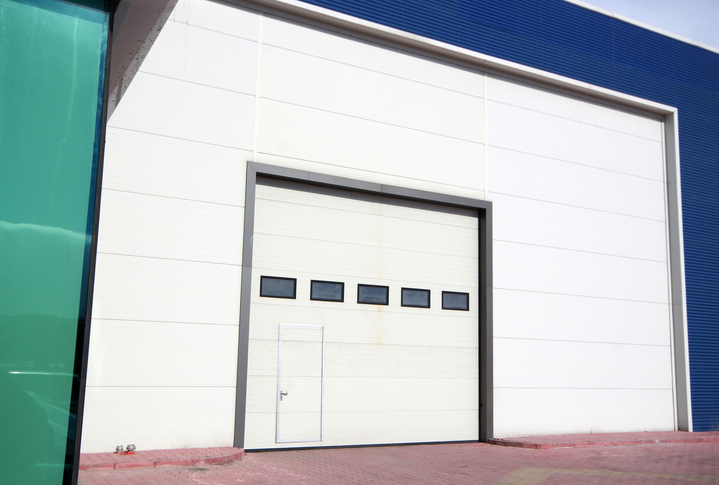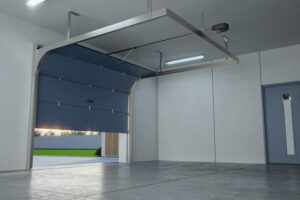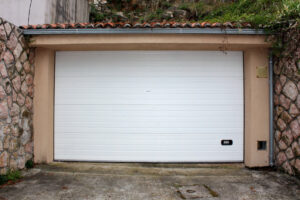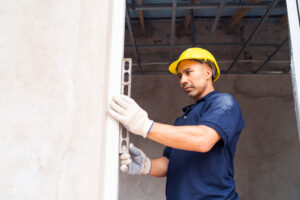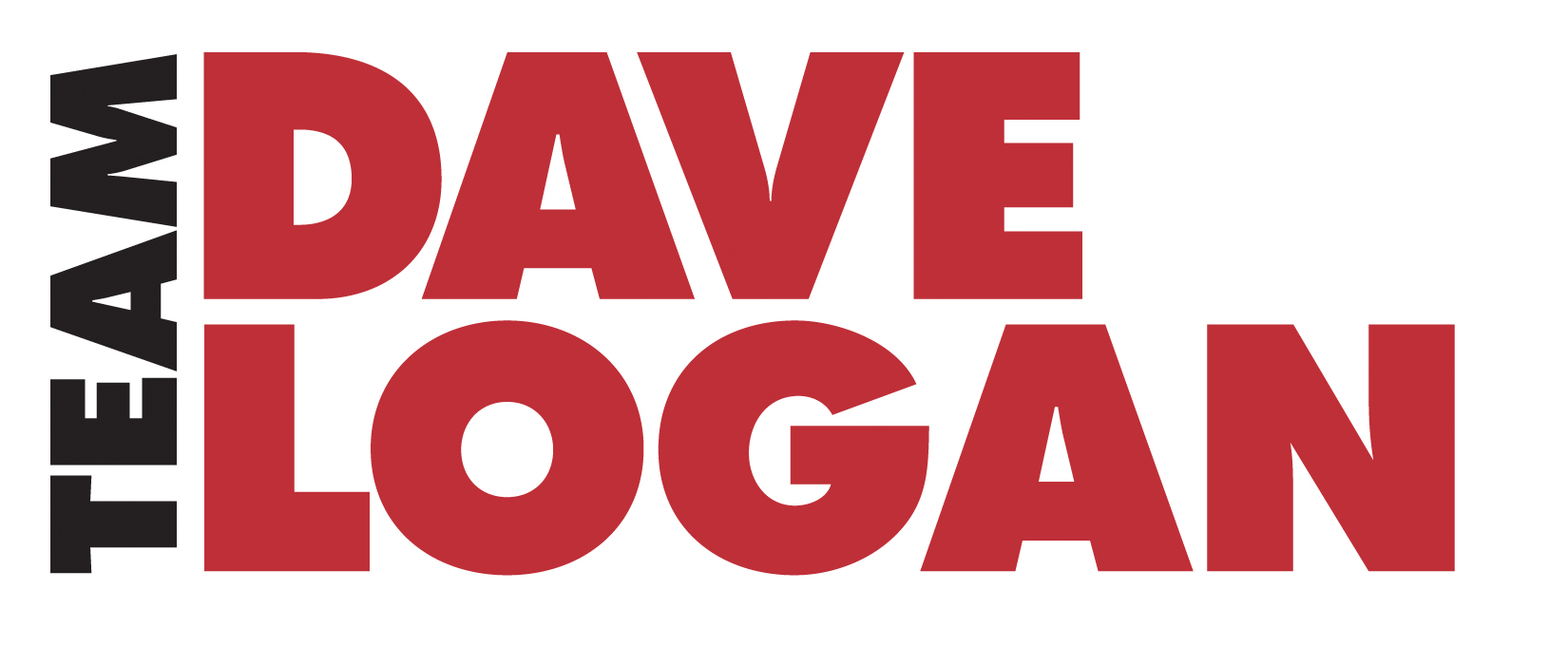A garage door that doesn’t close all the way can be both inconvenient and a safety concern. Several factors may be causing this malfunction, ranging from minor alignment issues to more complex hardware or sensor problems. If left unattended, it can compromise the security of your home and the longevity of the garage door opener. This guide will walk you through the most common reasons your garage door won’t close properly and provide step-by-step instructions to fix it.
1. Check for Obstructions in the Garage Door Path
These are equipped with safety sensors that detect objects in the path of the door. If there’s anything blocking the door, such as tools, toys, or debris, the door won’t close all the way to prevent accidents. Start by inspecting the door’s path thoroughly and remove any obstacles. Even small items can trigger the sensors, so take extra care when checking.
2. Examine the Garage Door Sensors
The sensors at the base of your garage door emit an invisible beam across the opening. If these sensors are misaligned or obstructed, the garage door won’t close completely. Look for the following issues:
– Misalignment: The sensors should face each other directly. If one is slightly off, it can cause the door to stop prematurely. Adjust them until the lights on both sensors are stable.
– Dirt and Grime: Over time, dirt can build up on the sensor lenses, disrupting the beam. Clean the sensors with a soft cloth to ensure they’re functioning correctly.
3. Check the Garage Door Tracks for Damage
The tracks on which the garage door moves can become bent or warped, causing the door to get stuck before fully closing. Inspect both tracks for any signs of damage, such as dents or warping. If you find any, you may need to straighten them carefully using a rubber mallet or call a professional for more severe damage.
4. Inspect the Rollers for Wear and Tear
Garage door rollers are responsible for guiding the door along the tracks. If these rollers become worn, damaged, or dirty, they can cause the door to move unevenly and stop before closing all the way. Clean the rollers with a cloth to remove debris, and check for signs of wear such as cracks or uneven surfaces. If the rollers are damaged, consider replacing them to restore smooth operation.
5. Adjust the Limit Switch Settings
The limit switch is a mechanism in your garage door opener that controls how far the door travels when opening or closing. If the switch is set incorrectly, the door might stop short of closing fully. To fix this:
– Locate the limit switch on your opener, usually near the motor unit.
– Adjust the switch using a screwdriver. Turn it slightly to increase the distance the door travels when closing.
– Test the door after each adjustment until it closes fully.
6. Check for Broken Garage Door Springs
The springs in your garage door system are responsible for balancing the weight of the door, allowing it to open and close smoothly. If a spring is broken or worn out, the door may not have enough force to close all the way. Look for gaps in the springs or signs of wear such as rust or corrosion. If you suspect a broken spring, it’s best to call a professional, as replacing them can be dangerous without the right tools and expertise.
7. Lubricate Moving Parts
Over time, the moving parts of your garage door system—such as the hinges, rollers, and tracks—can become stiff or corroded, making it difficult for the door to close smoothly. Lubricating these parts can help restore proper movement. Use a silicone-based lubricant to:
– Lubricate the hinges between the door panels.
– Apply lubricant to the rollers and tracks.
– Grease the chain or screw drive on the opener.
Avoid using grease or oil that can attract dirt and make the problem worse.
8. Check the Garage Door Balance
An unbalanced garage door can cause issues with closing. To check the balance, disconnect the opener by pulling the emergency release handle, then manually life it halfway. If the door is in place, it’s properly balanced. If it falls or rises, the springs may need adjusting. Balancing a garage door is a tricky task and may require professional help.
9. Test the Remote and Wall Control
Sometimes, the issue isn’t with the door itself but with the remote or wall control that operates the door. Dead batteries, faulty connections, or electrical malfunctions can prevent the door from receiving the signal to close properly. Start by:
– Replacing the batteries in your remote.
– Checking the wiring of your wall control for any loose connections.
– Reprogramming the remote if necessary, following the manufacturer’s instructions.
10. Inspect the Garage Door Motor for Overheating
These are equipped with safety features that prevent the motor from overheating. If the motor becomes too hot, it may stop the door from closing to prevent damage. This is more common in older models or when the opener has been used multiple times in quick succession. Let the motor cool down for about 15-30 minutes before trying again. If the problem persists, the motor may need servicing or replacing.
A garage door that doesn’t close all the way can be frustrating, but it’s often a solvable issue with the right troubleshooting techniques. By inspecting the sensors, tracks, springs, and other components, you can usually identify and fix the problem without needing to replace the entire system. Regular maintenance and timely repairs not only prevent future issues but also extend the lifespan of your garage door.
If your garage door still won’t close after following these steps, it may be time to call in a professional from our team at Select Garage Doors at (303) 228-0018. Schedule a service appointment with our expert technicians to ensure your garage door system operates safely and efficiently.
 SCHEDULE A SERVICE
SCHEDULE A SERVICE
